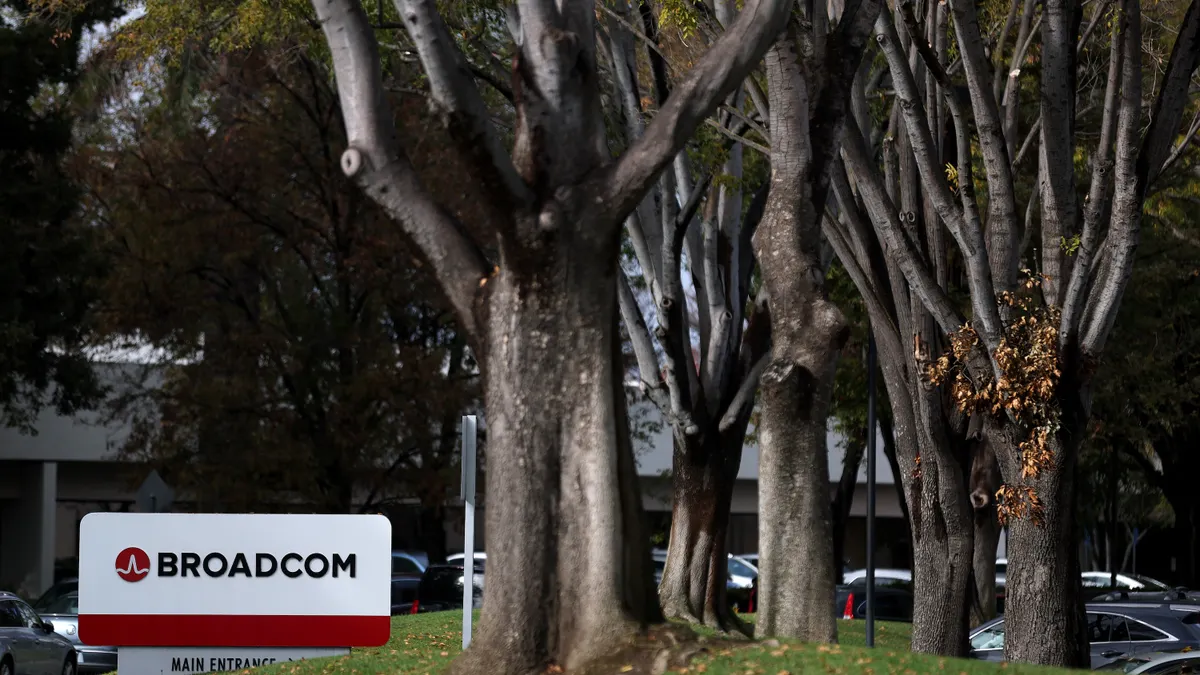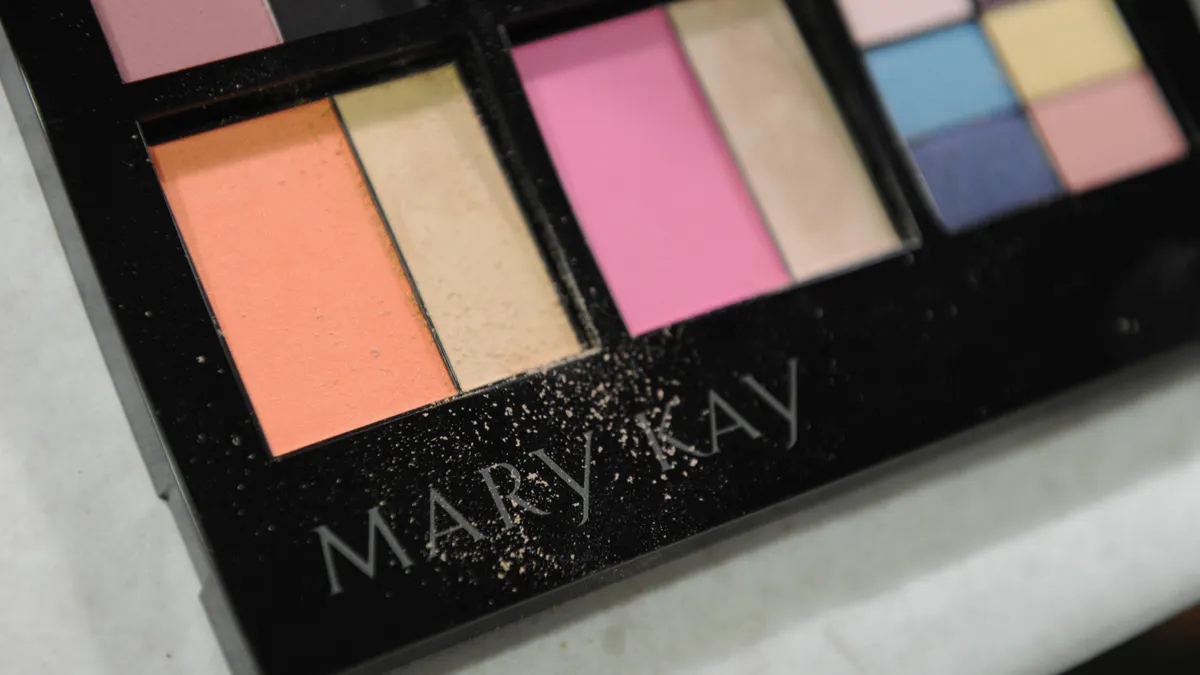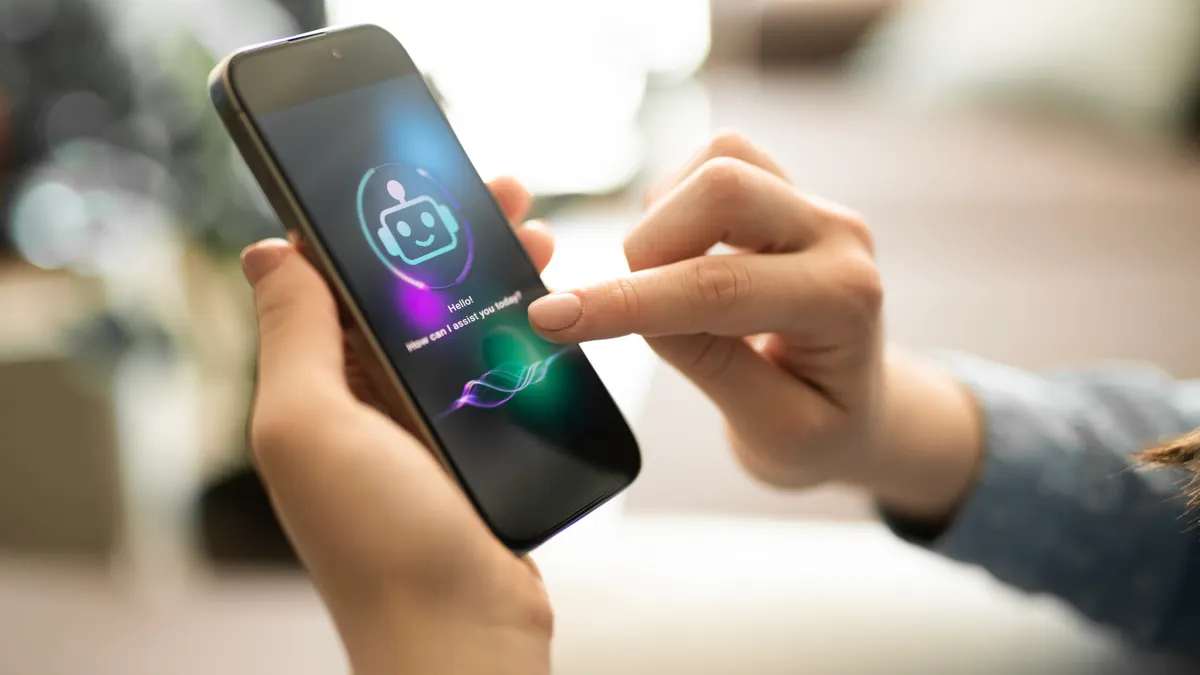Technobabble is our look at the more colorful aspects of technology and the tech industry. Be sure to check out our most recent edition, which has microchips on the brain.
In the last few weeks humans became a part of the technological infrastructure with employee microchipping. Potential privacy concerns aside, employees of Three Square Market volunteered for the seemingly sci-fi microchipping.
While many of us would prefer to keep technical hardware outside our immediate biology, two DNA researchers decided to reverse that idea. In fact, they used DNA to infiltrate technology and their experiment proved successful.
This week, researchers from the University of Washington tested a self-inflicted malware attack within their DNA research lab, according to Wired. The team introduced malicious code into a sample of DNA that when tested by a gene sequencer, the resulting data became malware on the computer that received it.
In conducting their experiment, the researchers intentionally created a high-risk environment, susceptible to a "bioterrorist" attack. This included muting security programs and creating vulnerabilities in their software.
The attack is supposedly the first "DNA-based exploit of a computer system," according to MIT Technology Review.
While genetic specialists have shrugged off the effort, claiming the attack was destined to succeed because of the controlled environment, it is now evident that such an attack is possible. Hackers could become biohackers or something even more sinister.
Vulnerabilities in security and software systems are common on the cybersecurity landscape. In fact, most cyberattacks depend on them, as was the case with May's WannaCry attack. The only difference between the deliverance of a traditional cyberattack and a DNA attack, is their point of entry.
The University of Washington researchers are now arguing that biohackers could send faulty, manipulated or simply fake DNA samples with malicious encryptions to industries that study and store such data. These include college campuses, police forensics and genetic processing labs. The idea is that hackers, motivated by the plethora of personal data stored in these industries, could send maliciously coded DNA to be tested and thus infect computers and networks.
Previously, DNA scientists only had to worry about genetic miscalculations or those that could harm the human biology, not the safety of their computer software.
Traditional cyberattacks are estimated to cost the U.S. $121 billion per year. Companies are highly scrutinized and legally penalized when personal information is either leaked or exposed to malicious actors. Now that DNA could become the next phishing scam, it seems like threats within cybersecurity have expanded once again. When hacking evolves, so must cybersecurity.
Since a corrupt sample of saliva could potentially be the next ransomware or wiper, what developments will take place to test a genetic sampling before they reach a networked gene sequencer?
One macro thing
For the first time since its inception 16 years ago, an American has won Certiport's annual Microsoft Office Specialist World Championship in the Excel division, according to an announcement. John Dumoulin, a 17-year-old from Virginia, took home a $7,000 cash prize and serious bragging rights for his college applications.
Most of the other 560,000 worldwide student entries and 157 finalists — ranging from ages 13 to 22 — were not so fortunate in their efforts to prove their mastery of Microsoft’s Excel, Word and PowerPoint products.
Students were required to take a Microsoft Office Specialist certification exam, and finalists were selected at regional competitions. The project-based tests not only highlight the technical skills of youth worldwide, but also engage students with computer-based technology and develop competitive skills tailored to real-world applications.
With past and present victors hailing from every continent except Antarctica, the championship offers a small glimpse into the global presence of and dependence upon office technology.
It stands among the ranks of other prestigious international technology competitions such as the IEEE Student Branch Website Contest, the ACM International Collegiate Programming Contest and Microsoft's Imagine Cup.
One micro thing
Augmented and virtual reality is taking off, with leading companies investing heavily in enterprise and consumer technology. Now, AR is even finding a home in earnings calls.
That's right, Evan Spiegal, CEO of Snap Inc., declared SnapChat's dancing hot dog the "world’s first augmented reality superstar," BuzzFeed reports.
The hot dog was a hit, viewed 1.5 billion times on SnapChat since its debut. Snap's earnings, however, were not quite so hot. In its latest earnings report, Snap Inc. missed analysts' earnings expectations and its stock is down 16%.
One last thing
The internet caught fire earlier this week when it was revealed the creator of current password policies has regrets. In 2003, Bill Burr wrote an 8-page document on password policies for the National Institute of Standards and Technology advising users to change passwords regularly, employing a mix of characters, numbers and capital letters, The Wall Street Journal reports.
Those password policies became law, triggering hair-pulling and vehement exclamations every 90 days when programs insisted users change passwords.
But Burr, now retired, said those 2003 policies don't actually stop hackers. After all, is there really much difference between PaSsWord1! and PaSsWord!1? Changes are too subtle, making passwords easy to guess. And, it just causes problems for users too.
This year, NIST has revamped its password policies and done away with some of the long-standing best practices for passwords. The new framework gets rid of arbitrary characters and frequent password resets, instead favoring long password phrases and password resets only if there is evidence of a compromised password.
Soon the most-common passwords could change from "123456" to "thequickbrownfoxjumpsoverthelazydog."





















